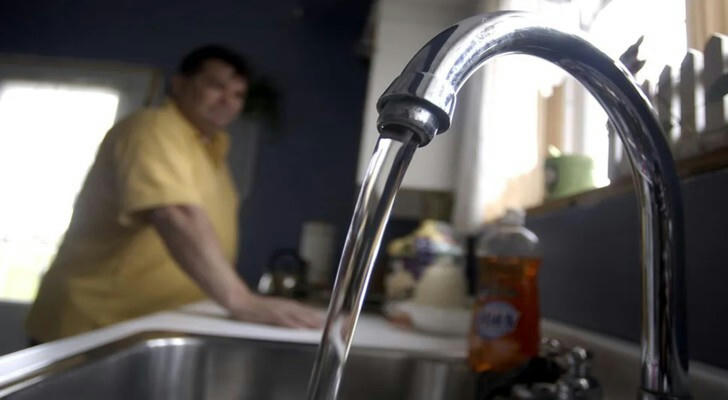Government-Funded replacement of aging water pipes: improving water quality
Water is the lifeblood of any community, and ensuring access to clean, safe water is a fundamental government responsibility. Many communities rely on decades-old pipes that are prone to leaks, breaks, and contamination. In response to this problem, the government has implemented various grant programs to help communities replace outdated water pipes, ensuring the health and safety of residents while promoting economic growth.

The Problem: Aging Infrastructure and Its Consequences
The nation's drinking water infrastructure is in dire need of repair. According to the American Society of Civil Engineers (ASCE), the U.S. earns a near-failing grade for its water systems. ASCE's 2021 Infrastructure Report Card highlights that a water main break occurs every two minutes across the country, leading to significant water loss—about 6 billion gallons of treated water wasted daily.
Even worse, aging pipes can contaminate water with harmful substances like lead, posing serious health risks, especially for children and vulnerable populations. The Environmental Protection Agency (EPA) estimates that 6 to 10 million homes in the U.S. still receive water through lead service lines, which can leach lead into drinking water and cause long-term health problems.
The Solution: Government Funding for Water Pipe Replacement
To tackle this issue, the federal government offers grants and low-interest loans through agencies like the EPA and U.S. Department of Agriculture (USDA). These funds help communities:
Improve Public Health: Replace lead pipes and reduce exposure to contaminants.
Enhance Water Quality: Ensure clean, safe drinking water for all residents.
Promote Economic Growth: Reliable water systems attract businesses and boost property values.
Conserve Water Resources: Modern pipes minimize leaks and waste.
Key programs include:
EPA's Drinking Water State Revolving Fund: Provides low-interest loans to states for drinking water infrastructure projects, including pipe replacement.
USDA's Water and Waste Disposal Loan and Grant Program Offers financing options for rural communities to improve water and wastewater infrastructure.
HUD's Community Development Block Grant Program Provides grants to states and localities for community development activities, including infrastructure improvements.
Case Study: Flint, Michigan - A City Rebuilds Its Water System
The city of Flint, Michigan, serves as a stark reminder of the devastating consequences of neglected water infrastructure. In 2014, a cost-cutting decision to switch the city's water source led to the leaching of lead from aging pipes into the drinking water, exposing residents to dangerously high levels of the neurotoxin. The ensuing public health crisis garnered national attention and highlighted the urgent need for infrastructure investment.
In response, the federal government allocated over $350 million to Flint, enabling the city to replace thousands of lead service lines and upgrade its water treatment facilities. While the road to recovery is ongoing, these investments have been crucial in restoring access to safe drinking water and rebuilding trust in the city's water system.

How Communities Can Access Government Funding
For communities seeking to replace aging water pipes, accessing government funding requires careful planning and coordination. Here’s a step-by-step guide:
Identify Needs: Conduct a comprehensive assessment of water infrastructure to determine the scope of necessary repairs and replacements.
Develop a Plan: Create a detailed project proposal, including cost estimates, timelines, and expected outcomes.
Seek Technical Assistance: Utilize resources provided by federal and state agencies to navigate the application process and ensure compliance with program requirements.
Engage Stakeholders: Involve community members, local businesses, and other stakeholders to build support and ensure the project meets the needs of the community.
For example, the EPA's Water Infrastructure and Resiliency Finance Center offers tools and resources to help communities plan and finance water infrastructure projects.
Conclusion
Government-funded programs are crucial for replacing aging water pipes, improving water quality, and protecting public health. Through grants and low-interest loans, communities can address infrastructure challenges, reduce contamination risks, and promote economic growth. Initiatives like the EPA's DWSRF and USDA's water programs provide essential support, ensuring safe drinking water for all.
